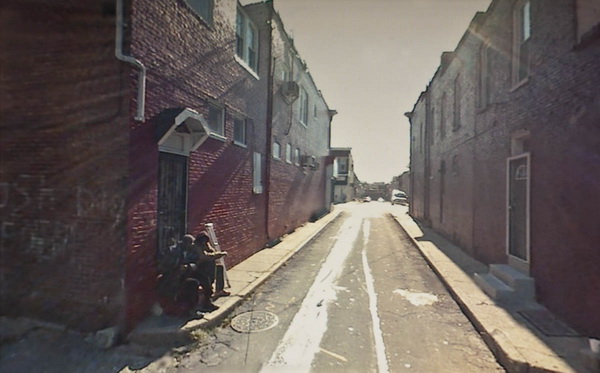 |
The American photographic road trip — perhaps the ultimate documentary project — has a rich, revelatory and problematic legacy. Typically, it marries a social justice agenda with romantic notions of adventure and exploration, and what could be more idealistic? But the pilgrimage raises complexities. The only successful documentary projects are those that contend with the drives of self-interest as well as the ethical concerns of photographing communities from the outside-in. Take, for example, the journeys embarked upon by the Swiss photographer Robert Frank who, in the mid-50s, traveled the country, snapping 28,000 photos, 83 of which were published as The Americans, with a forward by another celebrated road warrior, Jack Kerouac. Frank’s warts-and-all portrayal of America stood in sharp contrast to the well-scrubbed view presented by America’s major news magazines. Photo editors denounced him. The art world embraced him. Photography was forever changed.
 |
 |
 |
This says more about our current time than anything I’ve read lately. Fantastic article.